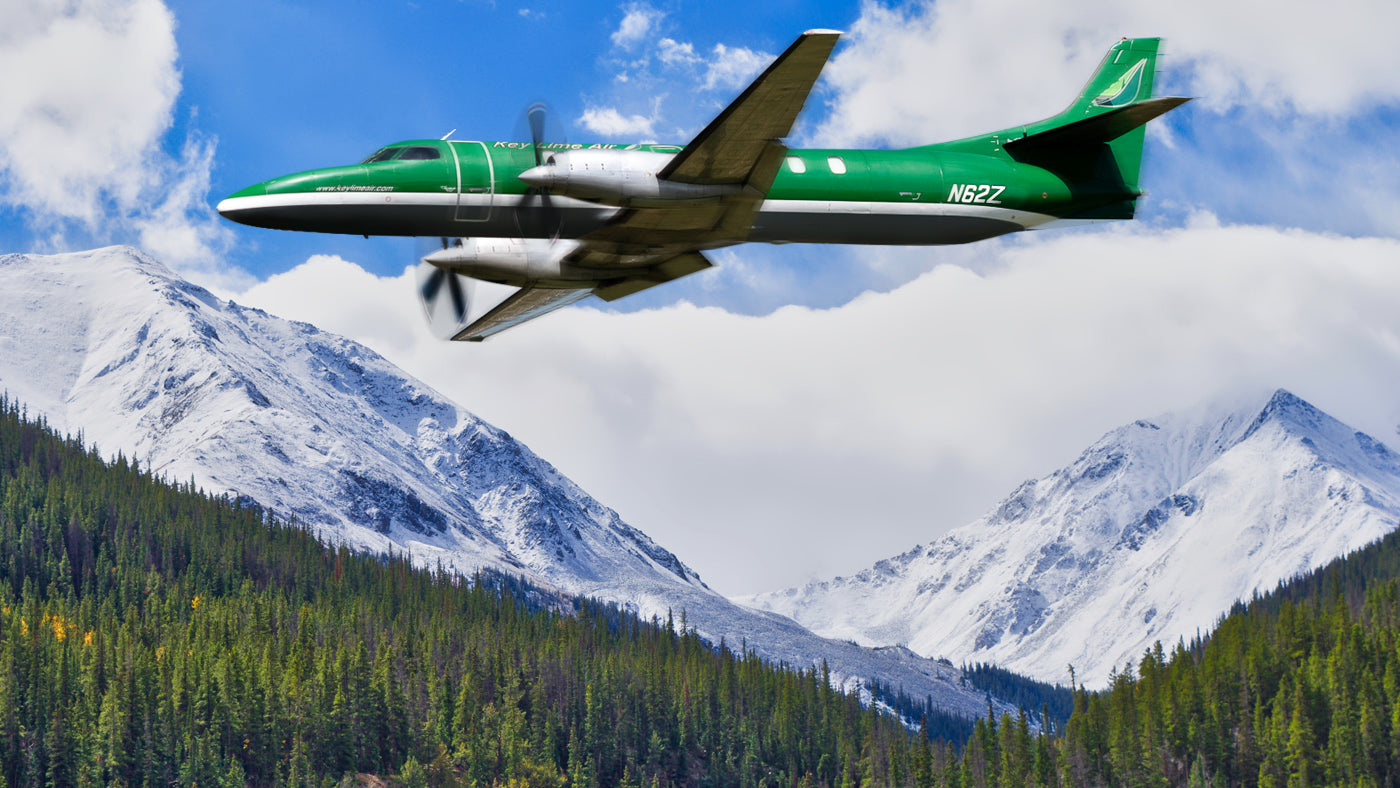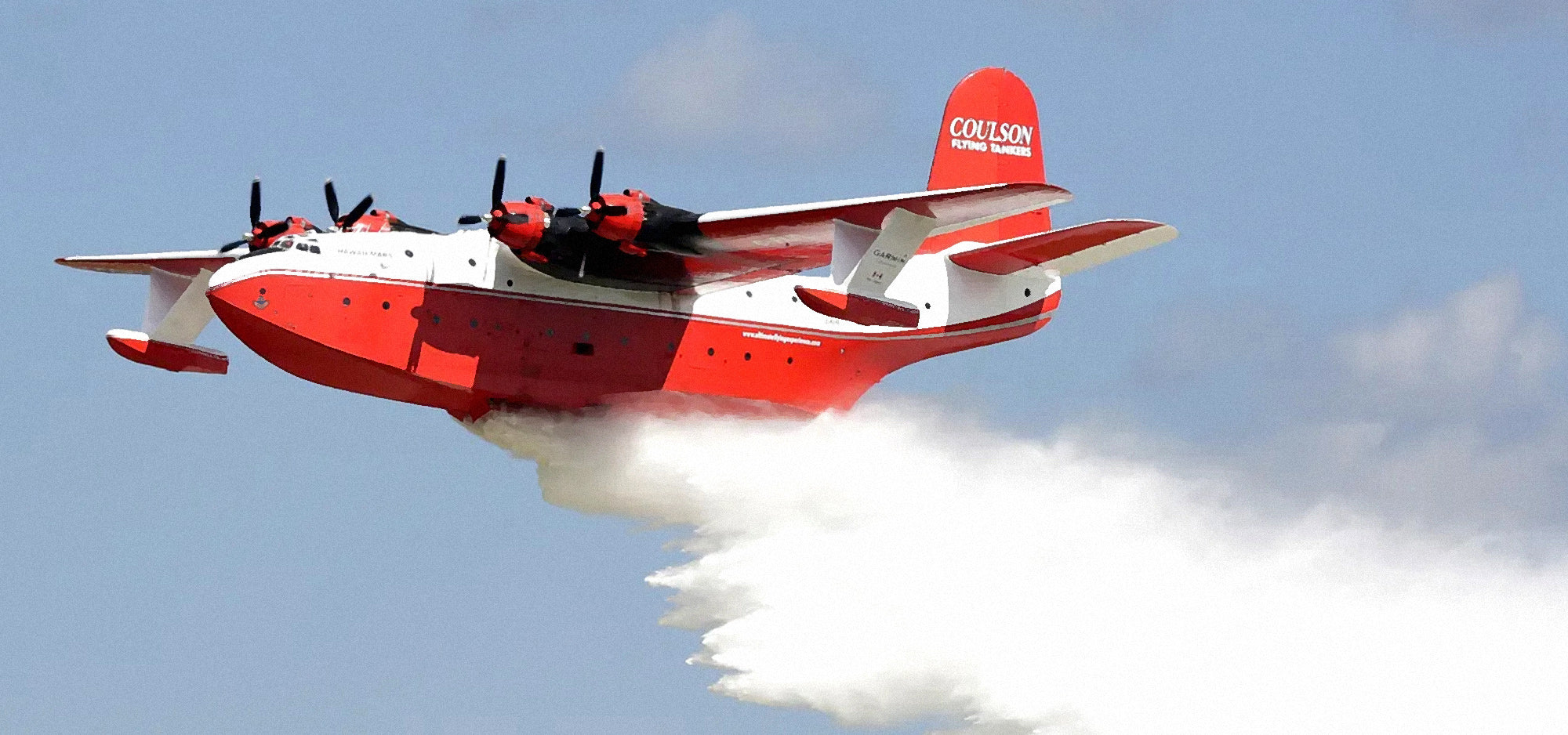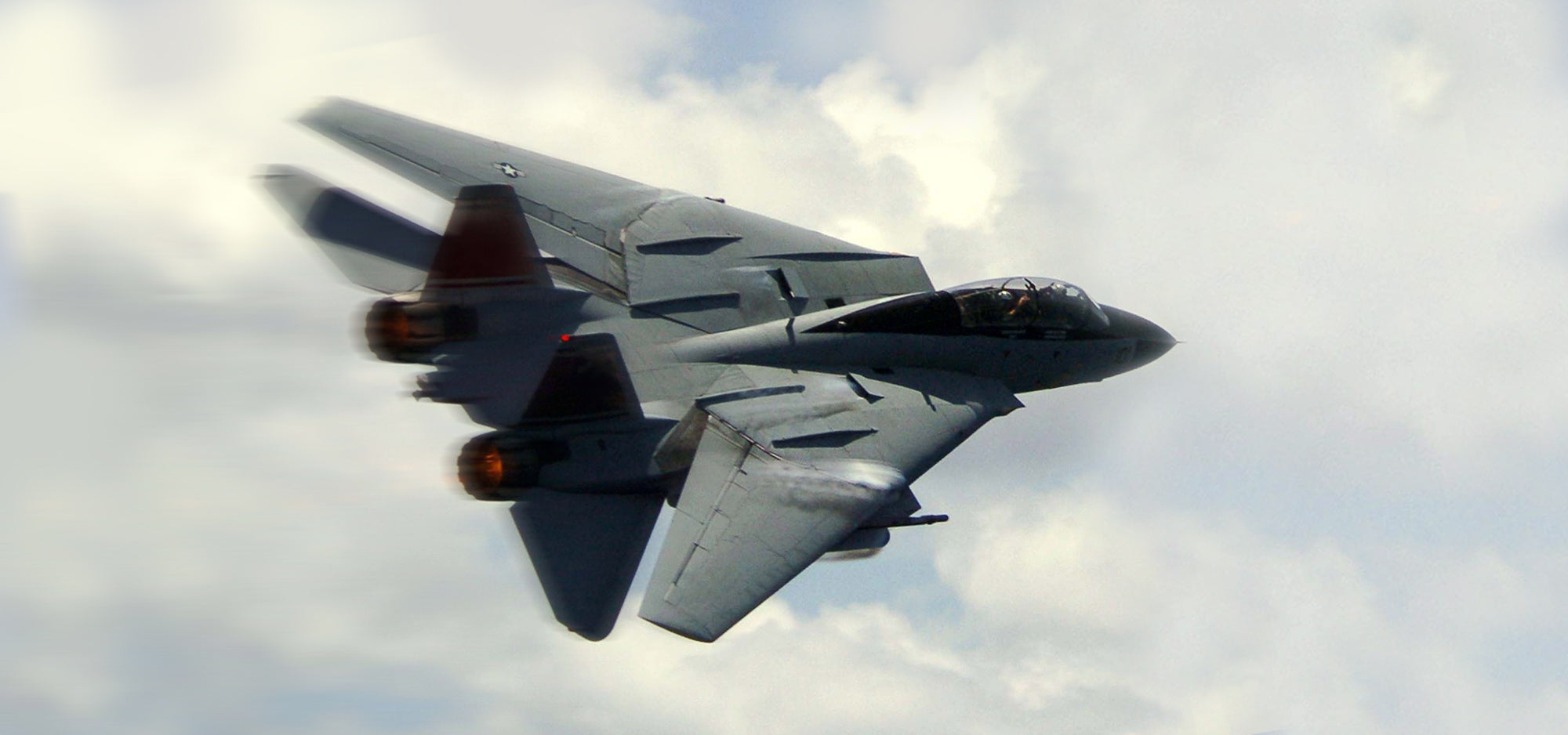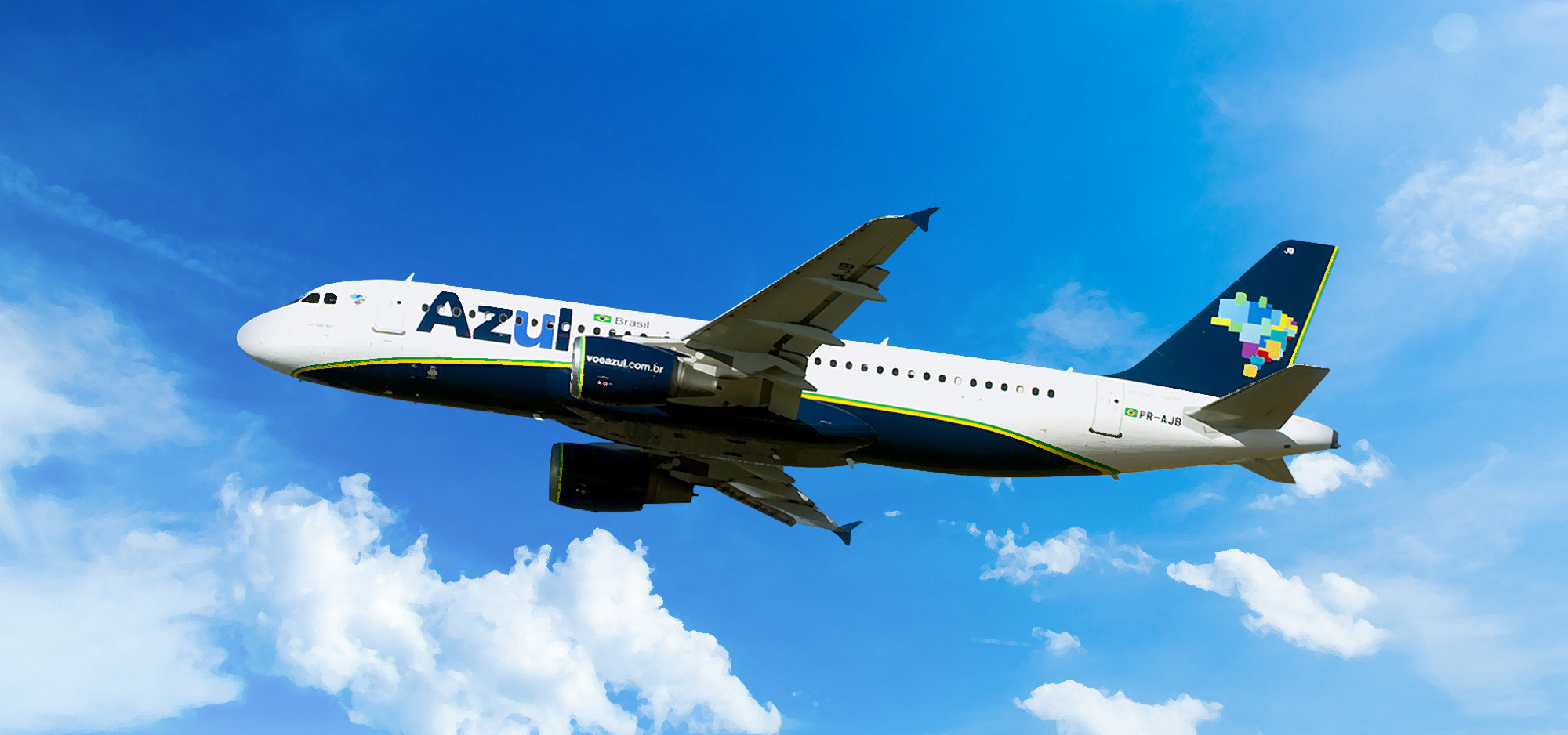With only 198 SA226-TC models built, this Metro II in Key Lime Air colors was a rare find. Read about N62Z and the history of the Metroliner, then add Fairchild Swearingen Metroliner PlaneTags to your collection.
What is a Fairchild Swearingen SA226-TC Metroliner?

North Flying, OY-NPE, Fairchild Swearingen Metroliner flickr photo by Anna Zvereva shared under a Creative Commons (BY-SA) license
The Fairchild Swearingen SA226-TC Metroliner is a small twin-turboprop commuter aircraft designed and manufactured by Swearingen Aircraft, and later by Fairchild Aircraft. The SA226-TC Metro first flew in 1969 and was used primarily for short-haul regional flights. The Metro II, introduced in 1974, was an upgraded version of the original SA226 Metro, featuring increased fuel capacity and improved performance, making it a popular choice among regional airlines.
The Metro II has a capacity of up to 19 passengers and two crew members, the maximum number of passengers allowed by the FAA without requiring a flight attendant. Its compact size and short takeoff and landing capabilities made it ideal for operating from smaller airports and airfields with limited infrastructure and runway lengths. Its versatility and reliability have made it a popular choice for regional airlines around the world. The aircraft has also been used in various other roles, including as a corporate shuttle and air ambulance. Production of the Metroliner aircraft ended in 2001, with several variants. 198 total SA226-TC Metro and Metro II’s were built.
Development of the Fairchild Swearingen Metroliner
The development of the Fairchild Swearingen Metroliner evolved from previous aircraft designs from Swearingen. The Swearingen Merlin, developed in 1965, was a turboprop business aircraft, which could seat eight to ten passengers. A stretched Merlin III eventually became the basis for the Metroliner.
Swearingen began working on a smaller, regional aircraft that could serve shorter routes with smaller passenger numbers. The SA226 Metro was designed to be a compact and efficient turboprop aircraft that could operate from smaller airports and airfields with limited infrastructure.
The original SA226 Metro was powered by two Garrett AiResearch TPE331-3 turboprop engines and had a capacity of up to 19 passengers. It proved to be a popular choice among regional airlines, and Swearingen continued to develop and refine the design over the years.
In 1971, Swearingen was experiencing some financial issues which led to another US aircraft builder Fairchild to purchase 90% of Swearingen. Fairchild had been producing parts for and marketing the Metro, as well as designing its own aircraft, including the F-27, and later the Fairchild Republic A-10 Thunderbolt II. The aircraft then became the Fairchild Swearingen SA226-TC Metro II. The Metro II featured a number of improvements over the original design, including increased fuel capacity and improved performance. A military variant, the Fairchild C-26 Metroliner, was used by the US Air Force, Army, and Navy, as well as other nations, with some still in use today.
Production of the Metroliner ended in 1998, with the last one of the series delivered in 2001. The variants included:
SA226 series
- SA226-TC Metro and Metro II
- SA226-AT Merlin IVA
SA227 series
- Metro III
- SA227-AC
- SA227-BC
- SA227-AT
- Merlin IVC
- Expediter
- Metro 23
- SA227-CC
- SA227-DC
Fairchild C-26 - military version of the SA227-AC, BC, DC

A Florida Air National Guard C-26B Metroliner aircraft takes off from the Jacksonville Air National Guard Base, Jacksonville International Airport, Fla., on Feb. 14, 2005. U.S. Air Force Photo by Staff Sgt. Shelley Gill; Public Domain, Link
Metro II At A Glance

Specifications:
- Manufacturer: Fairchild Swearingen
- Tail #: N62Z
- Crew: 1
- Wing Span: 46 Ft 3 In
- Length: 59 Ft 4 In
- Height: 16 Ft 8 In
Performance:
- Range: 594 Nm
- Cruise Speed: 245 Kts
- Ceiling: 27,000 Ft
- Empty Weight: 7,450 Lb
- Max Takeoff Weight: 13,230 Lb
- Rate Of Climb: 2,460 Ft/Min
- Engine: 2x Garrett Tpe331-3uw Turboprops
N62Z
Photo by EX/ZX, used with permission
N62Z was constructed as an SA226-TC Metro II in San Antonio, Texas in 1977. It was delivered to Southern Airways in August 1977. Southern Airways was a U.S. based local-service carrier that operated from February 1944 until July 1979, when it ceased operations. Southern Airways then merged with North Central Airlines to form Republic Airlines, which later merged with Northwest Airlines in 1986. The airline primarily served the southeastern United States, operating a fleet of aircraft that included the DC-9, Martin 4-0-4, and the Fairchild Swearingen Metro II, of which they had 8. N62Z flew with Southern Airways beginning in 1977, then Republic Airlines after the merger in July 1979.
Photo by Keld Bonfizz, used with permission.
In 1981, it was transferred to Britt Airways, serving with the midwestern airline until 1999. Britt Airways was a U.S. regional airline based in Terre Haute, Indiana, operating from 1964 until 1985 when it was sold to People Express. Like Southern Airways and Republic Airlines, Britt Airways used its Metro IIs for short-haul regional flights, transporting passengers and cargo. Britt filed for bankruptcy in 1991 and was acquired by Mesa Airlines, which continued to operate under the Britt Airways brand before eventually phasing it out altogether.

In 1999, N62Z became part of the Key Lime Air fleet. Key Lime Air, based in Denver, Colorado, provides scheduled air service, charter flights, and cargo feeder operations throughout the U.S., Canada, Mexico, Caribbean, and South America. Key Lime Air became the last U.S. airline to operate the Metroliner, on a single route between Denver International Airport to Nebraska’s Alliance Municipal Airport. According to a The Points Guy article in 2022, the service is backed by the federal government’s Essential Air Service program which subsidizes the airline to maintain air carrier service to smaller airports. N62Z transported cargo throughout the U.S. before retiring in 2016.

Venus, The Moon and A Metro - Early morning looking east at the Denver International Airport. In one of those "D'oh!" moments, I knew Venus and the Moon were going to be visible and very close to each other, yet I left home without my tripod. This is a handheld shot at 3200 ISO.
Photo by David Carrizo, taken April 22, 2009, Denver, Colorado.
MotoArt Finds a Fairchild Metroliner
After retirement, N62Z found its way outside of the Colorado Air and Space Port, located close to Denver International Airport. It was discovered near an FAA Maintenance Facility, cut into three pieces. “The Metroliner is such a historic aircraft, it played a pivotal role in the industry,” says PlaneTags historian Rob Schneider. “We knew we had to categorize its history the minute we found it.”
These photos were taken on site, as N62Z was found.







N62Z was transported back to PlaneTags headquarters in Torrance, California earlier this year, to be turned into aviation keepsakes.





Fairchild Swearingen Metroliner PlaneTags

The Fairchild Swearingen SA226-TC Metro II PlaneTags will be available on Thursday, April 11, 2023 at 12pm PT. This is a limited release of 4,000 PlaneTags and will be available initially in the following colors:
- Green
- Gray
- White
- Green/White
- Gray/White
































Share:
Lockheed Super Constellation: Supporting NASA’s Connection to Deep Space
P38: The Legacy of Lockheed's Lightning